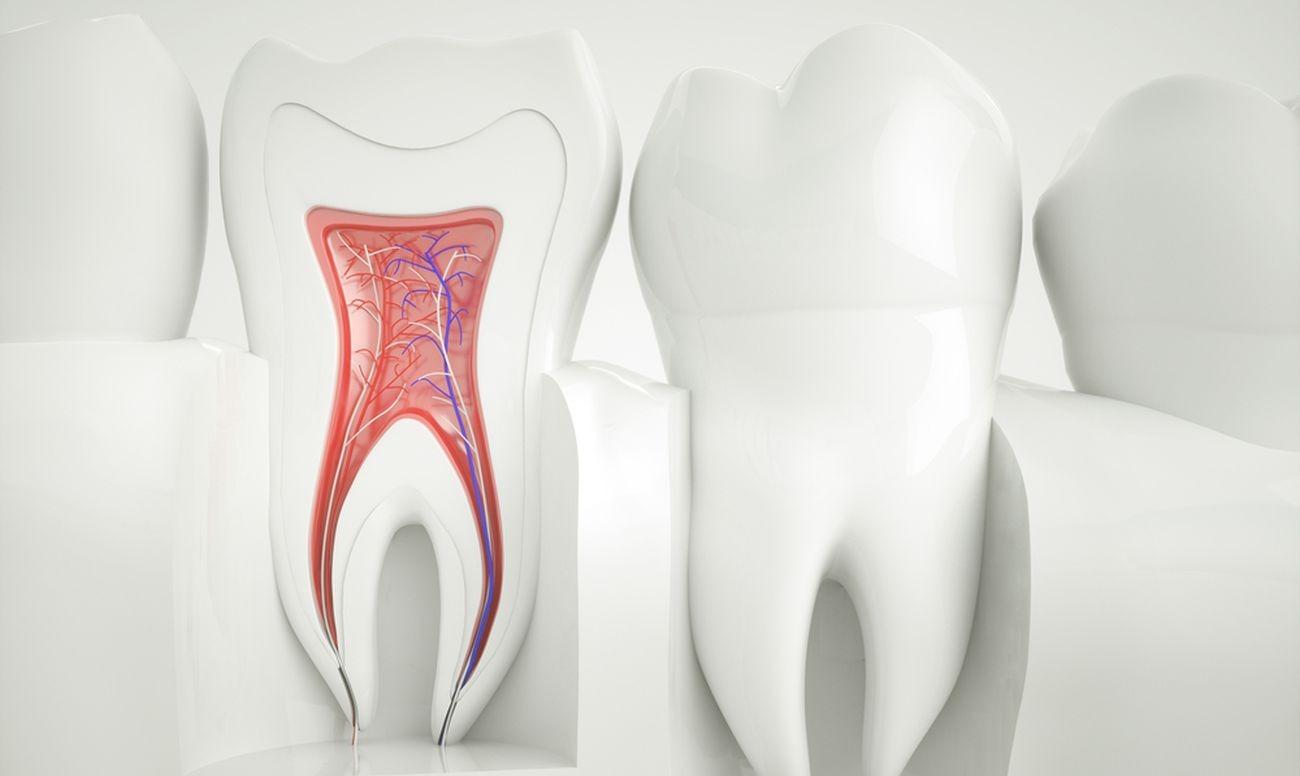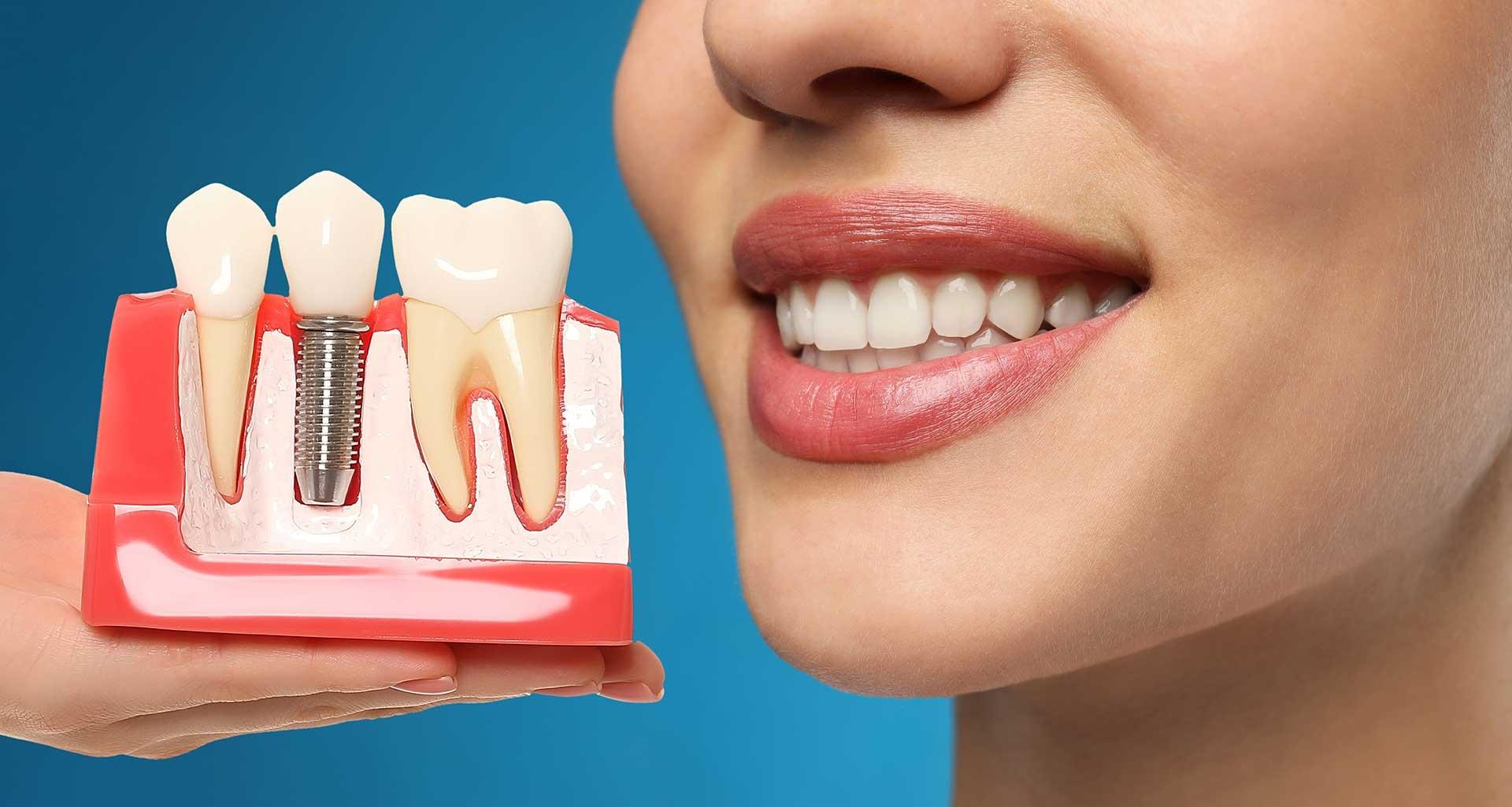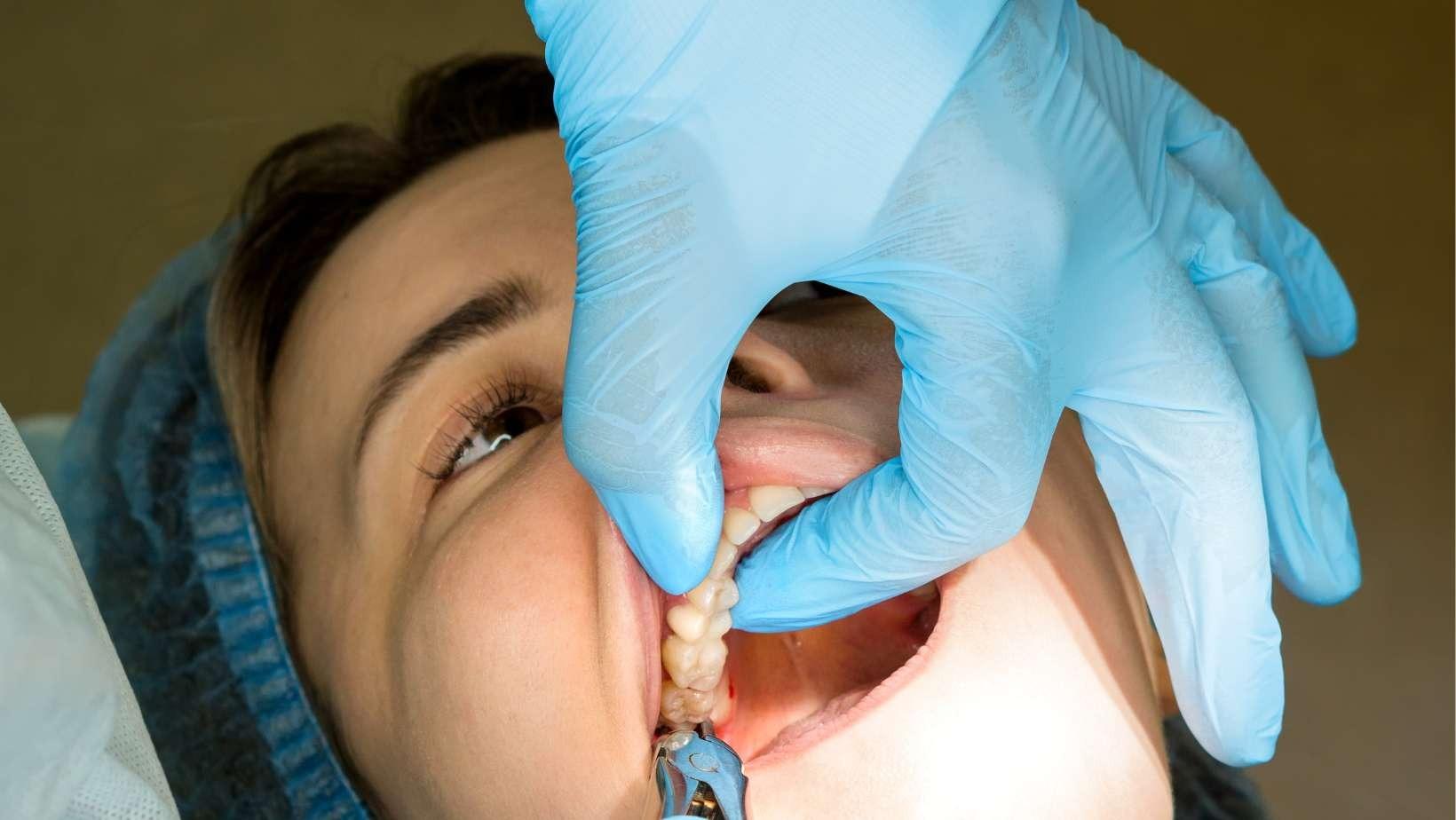A root canal is a common dental procedure designed to treat infection or inflammation inside a tooth’s pulp, the soft tissue that contains nerves and blood vessels. When the pulp becomes infected due to deep decay, cracks, or trauma, it can cause severe pain and lead to tooth loss if left untreated. During a root canal, the dentist removes the infected pulp, cleans and disinfects the inside of the tooth, and then seals it with a filling or crown. This process helps eliminate pain, stop the spread of infection, and save the natural tooth instead of extracting it.
Why Proper Aftercare Is Crucial
While a root canal effectively removes infection, the healing process doesn’t end once you leave the dental office. Proper aftercare is essential for ensuring smooth recovery, preventing reinfection, and maintaining the strength of the treated tooth. Neglecting post-treatment care can lead to complications such as swelling, discomfort, or even treatment failure. Following your dentist’s instructions carefully can make the difference between a quick, pain-free recovery and prolonged issues.
What This Article Will Cover
In this article, we’ll walk you through everything you need to know about caring for your tooth after a root canal. You’ll learn how to manage pain and swelling, maintain good oral hygiene without irritating the treated area, make smart food choices during recovery, and understand the importance of follow-up appointments. By the end, you’ll have a clear and practical guide to ensure your tooth heals properly and stays healthy for years to come.
Immediate Post-Treatment Care
The first 24 to 48 hours after a root canal are crucial for ensuring proper healing and comfort. While the procedure removes the source of infection and pain, it’s normal to experience mild soreness, swelling, or sensitivity as your body begins to recover. Following the right aftercare steps during this period can greatly reduce discomfort and prevent complications.
What to Expect in the First 24–48 Hours
After the anesthesia wears off, you may feel mild pain or tenderness around the treated tooth and surrounding gums. Some swelling or sensitivity to pressure is also common. These symptoms are part of the natural healing process and should gradually subside within a few days. However, if the pain worsens or swelling increases, contact dentist for evaluation.
Rest and Avoid Strenuous Activity
Your body needs time to heal after the procedure. It’s best to rest and avoid heavy physical activity for at least a day or two. Strenuous exercise or bending over can increase blood flow to the head, potentially worsening swelling or discomfort. Prioritize relaxation to support faster recovery.
Use Over-the-Counter Pain Relievers
Most patients find relief with over-the-counter pain medications such as ibuprofen or acetaminophen. Always follow your dentist’s recommendations regarding dosage and frequency. Avoid taking aspirin immediately after treatment, as it can increase bleeding or irritate sensitive tissues.
Keep the Treated Area Clean
Maintaining cleanliness around the treated tooth is essential for preventing reinfection. Brush gently and avoid direct contact with the treated area for the first day. You can rinse your mouth with warm salt water (½ teaspoon of salt in a cup of water) to soothe the gums and reduce swelling. Refrain from touching the area with your tongue or fingers, as this can introduce bacteria and delay healing.
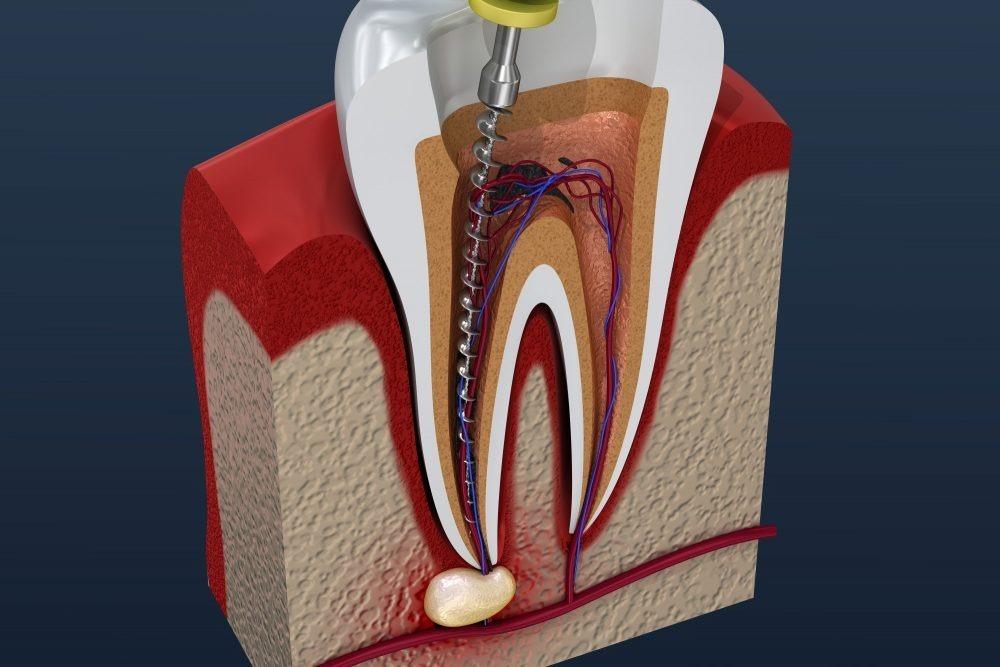
Managing Pain and Sensitivity
It’s common to experience some level of discomfort or sensitivity following a root canal, especially once the anesthesia wears off. This is a normal part of the healing process as the surrounding tissues recover from inflammation and the dental work itself.
How Long Mild Discomfort Typically Lasts
Mild pain or tenderness around the treated tooth may last for a few days up to a week after the procedure. You might notice sensitivity when chewing or biting down, which should gradually decrease as the area heals. If your dentist placed a temporary filling or crown, slight irritation may also occur until the permanent restoration is fitted. Generally, any discomfort should steadily improve over time rather than worsen.
Recommended Pain Relief Options
Over-the-counter pain relievers like ibuprofen (Advil, Motrin) or acetaminophen (Tylenol) are effective for managing post-treatment soreness. Always follow your dentist’s dosage recommendations and avoid exceeding the prescribed limit. In addition to medication, applying a cold compress on the outside of your cheek for 10–15 minutes at a time can help minimize swelling and numb mild pain. Eating soft foods and avoiding very hot or cold items can also reduce irritation.
When to Contact Your Dentist
While mild discomfort is normal, severe or persistent pain could indicate a problem. Contact your dentist immediately if you experience:
- Increasing pain after several days
- Noticeable swelling or pus near the treated tooth
- Fever or general malaise
- Difficulty biting or jaw discomfort
Prompt attention ensures any complications such as infection or pressure from a high filling are addressed quickly to prevent further damage.
Eating and Drinking After a Root Canal
Your eating habits after a root canal play a major role in how well your tooth heals. Because the treated area is temporarily sensitive and may have a temporary filling, it’s important to be gentle with your diet until your dentist places the permanent crown or restoration.
Wait Until the Numbness Wears Off Before Eating
After your procedure, your mouth will likely remain numb for a few hours due to local anesthesia. It’s essential to wait until full sensation returns before eating or drinking to avoid accidentally biting your tongue, cheek, or lips. Starting too soon can also put unnecessary pressure on the treated tooth.
Avoid Hard, Sticky, or Crunchy Foods
Until your tooth is fully restored, avoid foods that are hard (like nuts or candies), sticky (like caramel or gum), or crunchy (like chips or raw vegetables). These can dislodge or crack your temporary filling, cause pain, or irritate sensitive tissues. Stick to gentle chewing and try to use the opposite side of your mouth when possible.
Choose Soft and Easy-to-Eat Foods
Opt for soft, nourishing foods that require minimal chewing. Great options include soups, yogurt, mashed potatoes, oatmeal, smoothies, scrambled eggs, and steamed vegetables. These foods are easy on your teeth and provide the nutrients your body needs to support healing.
Avoid Very Hot or Cold Foods and Drinks
It’s normal for your tooth to be sensitive to temperature changes for several days after treatment. Avoid consuming extremely hot or cold foods and beverages, such as ice cream, coffee, or soup straight off the stove. Lukewarm or room-temperature meals are best until sensitivity fades.
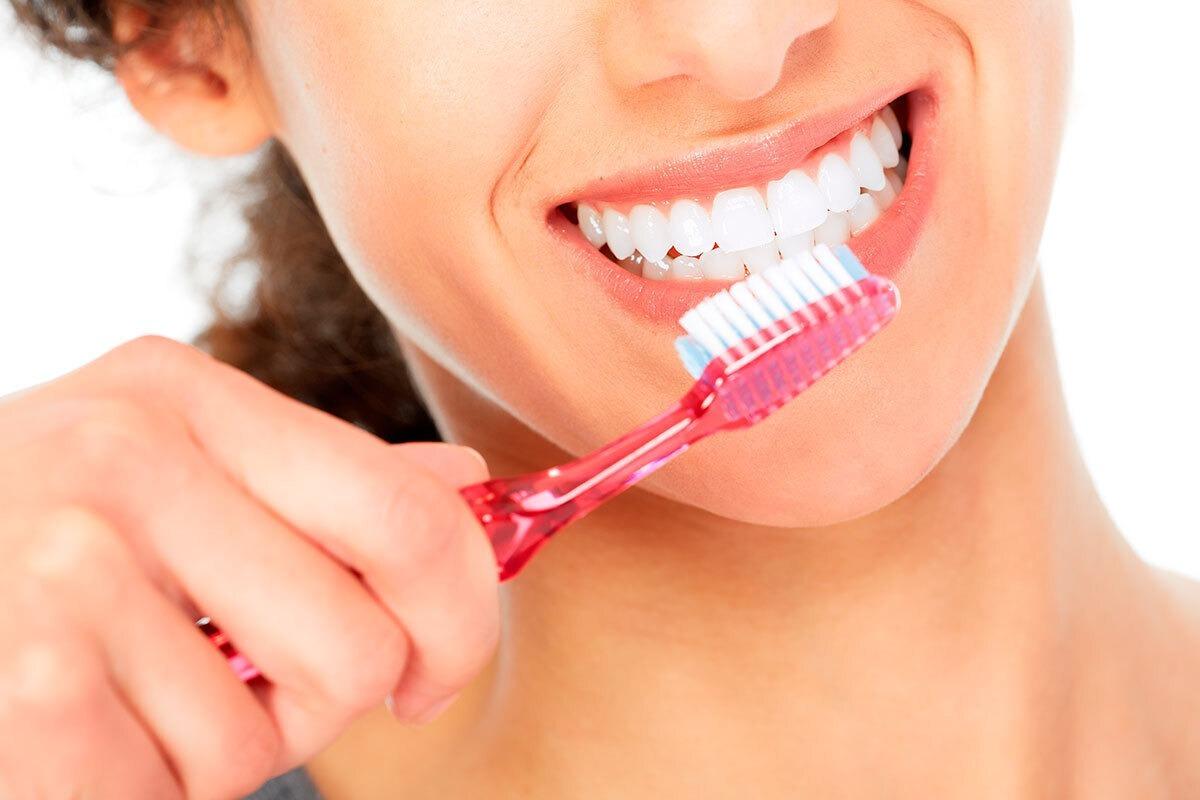
Maintaining Oral Hygiene After a Root Canal
Keeping your mouth clean after a root canal is essential for promoting healing and preventing reinfection. Even though the treated tooth no longer has a nerve, the surrounding gums and neighboring teeth remain vulnerable to bacteria, so maintaining proper oral hygiene is key.
Brush Gently Around the Treated Tooth
Continue brushing your teeth twice a day, but be gentle around the area that received treatment. Use a soft-bristled toothbrush and avoid applying too much pressure to prevent irritation or discomfort. Brushing carefully helps remove plaque and food debris without disturbing the healing site.
Floss Carefully to Protect Temporary Restorations
Flossing is important to keep the spaces between teeth clean, but take extra care near the treated tooth especially if you have a temporary filling or crown. Slide the floss out gently rather than snapping it up and down, as this could loosen or dislodge the restoration before your permanent one is placed.
Use an Antiseptic Mouthwash
Rinsing with an antibacterial or antiseptic mouthwash can help reduce bacterial buildup and keep your mouth fresh. It’s best to choose an alcohol-free formula to avoid stinging or dryness. Alternatively, warm salt-water rinses (½ teaspoon of salt in a cup of warm water) can soothe your gums and promote healing naturally.
Maintain Consistent Oral Hygiene Habits
Even while healing, it’s important to stick to your regular brushing and flossing routine. A clean mouth helps your treated tooth integrate smoothly with the rest of your teeth and prevents future dental issues. Once your dentist places the permanent crown or filling, continue your normal oral care to preserve long-term results.
Follow-Up Appointments and Permanent Restoration
After completing a root canal, your tooth is structurally sound but still vulnerable until it receives its permanent restoration. Follow-up appointments are a crucial part of the treatment process, ensuring the tooth remains protected and fully functional for years to come.
Importance of Returning for Your Permanent Crown or Filling
A temporary filling placed after a root canal is meant only as a short-term solution. It seals the tooth but isn’t strong enough to handle daily chewing forces for long. Returning for your permanent crown or filling is essential to restore the tooth’s strength and stability. Delaying this step increases the risk of reinfection, cracks, or even tooth fracture.
How the Permanent Restoration Protects the Tooth
A permanent crown or filling acts as a shield, sealing off the tooth from bacteria and preventing future decay. It also reinforces the structure of the treated tooth, which may have become brittle after pulp removal. With a well-fitted crown, you can chew, bite, and speak comfortably while maintaining a natural appearance.
What to Expect During the Follow-Up Visit
During your follow-up appointment, your dentist will examine the treated area, ensure proper healing, and place the final restoration. The crown or filling will be shaped to match your natural bite and tooth color for a seamless look. Your dentist will also provide long-term care recommendations, such as maintaining good oral hygiene, avoiding excessive pressure on the restored tooth, and scheduling regular dental checkups to monitor its condition.
Signs You Should Call Your Dentist
Mild discomfort is normal after a root canal, but certain symptoms may indicate that something isn’t healing as expected. Paying attention to how your tooth feels in the days following treatment can help you catch potential issues early and avoid serious complications.
Severe Pain, Swelling, or Fever After Several Days
Some soreness is expected initially, but if the pain intensifies or persists beyond a few days, it may signal ongoing infection or inflammation. Similarly, noticeable swelling around the gums, face, or jaw especially when paired with fever requires prompt dental attention.
Cracked or Loose Temporary Filling
A temporary filling protects your tooth until the permanent restoration is placed. If it cracks, chips, or becomes loose, bacteria can easily enter the treated tooth and cause reinfection. Contact your dentist immediately to have it repaired or replaced before damage worsens.
Persistent Bad Taste or Discharge
If you experience a bad taste, foul odor, or fluid discharge from the treated tooth, it could indicate that the area has become reinfected. This symptom should never be ignored, as timely retreatment can prevent the infection from spreading to surrounding tissues.
Why Quick Action Matters
Ignoring these warning signs can lead to severe complications such as abscess formation, bone infection, or tooth loss. Calling your dentist at the first sign of trouble ensures prompt evaluation and effective treatment, helping you preserve the success of your root canal and maintain a healthy smile.
Conclusion
Proper aftercare plays a vital role in the healing process and long-term success of a root canal treatment. While the procedure removes infection and saves your natural tooth, how you care for it afterward determines its strength, comfort, and longevity. Gentle brushing, careful eating, pain management, and regular follow-up visits all contribute to a smooth recovery and lasting protection.
Following your dentist’s advice and maintaining consistent oral hygiene habits such as brushing, flossing, and using mouthwash helps prevent reinfection and keeps your entire mouth healthy. Most importantly, staying attentive to any unusual symptoms ensures timely treatment if complications arise.
With the right care and regular dental checkups, a root canal–treated tooth can remain strong, functional, and beautiful for a lifetime allowing you to smile, eat, and live confidently without discomfort.
FAQs
1. How long does it take to recover after a root canal?
Most patients recover within a few days, though mild soreness can last up to a week. Following aftercare instructions helps speed up healing.
2. Can I eat right after a root canal?
Wait until the numbness wears off before eating to avoid biting your cheek or tongue. Start with soft foods and avoid hard or sticky items.
3. Is pain normal after a root canal?
Yes, mild pain or sensitivity is common for a few days. Over-the-counter pain relievers and cold compresses usually help manage discomfort.
4. How do I clean my teeth after a root canal?
Brush and floss gently around the treated area, and use an antiseptic or salt-water rinse to keep your mouth clean and reduce bacteria.
5. When should I call my dentist after a root canal?
Contact your dentist if you experience severe pain, swelling, fever, or a loose filling these may indicate infection or complications.

